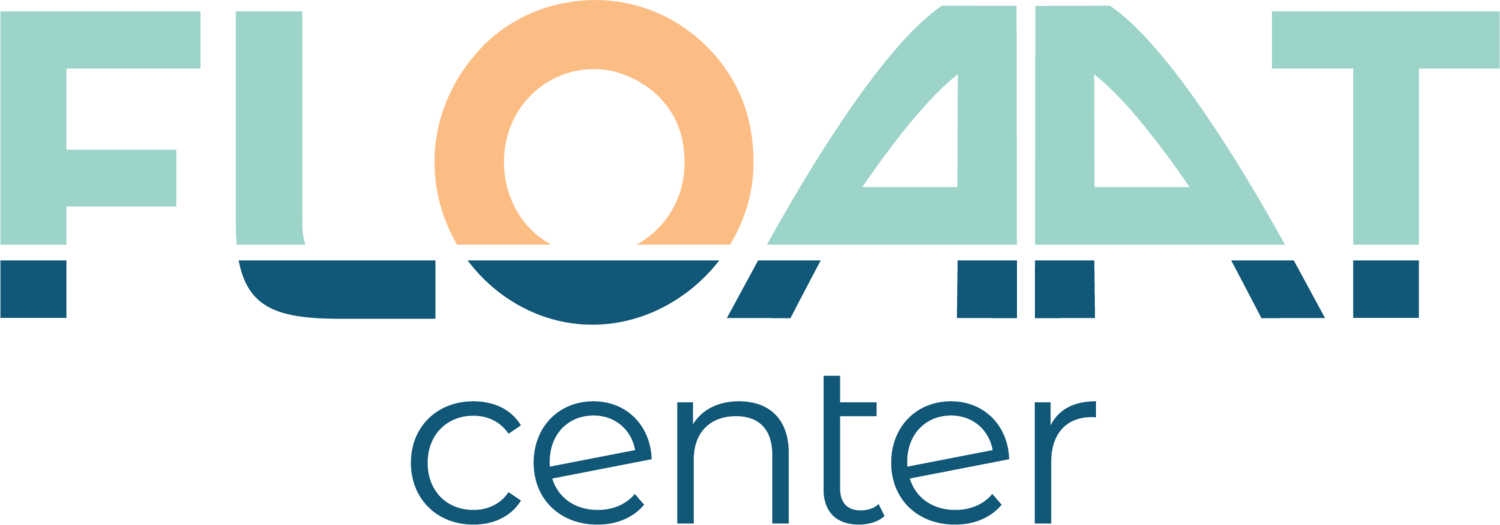Navigating Identity: Understanding Identity-First and Person-First Language
Author: Mokshvi Shah, BS Northeastern University Student
Published: July 2024
Language is a powerful tool that shapes how we perceive and discuss various aspects of identity,
including disabilities and conditions. In the realm of disability advocacy and mental health, two
approaches—identity-first language and person-first language—play significant roles in framing
these discussions. Let’s explore what these approaches entail and why they matter.
What is Identity-First Language?
Identity-first language (IFL) places the identity or condition before the person. It is often
preferred by individuals who view their condition or disability as an integral part of their identity
and cultural experience. For example, "autistic person" or "disabled activist" are examples of
identity-first language where the condition or identity is emphasized.
What is Person-First Language?
Person-first language (PFL), on the other hand, emphasizes the person before their condition or
disability. It aims to put the individual’s humanity and dignity first, separate from their condition.
For instance, "person with autism" or "individual with a disability" are examples of person-first
language.
Understanding the Debate
The choice between identity-first and person-first language often sparks debate within
communities affected by disabilities and conditions. Those who prefer identity-first language
argue that it validates their experiences and identity, acknowledging that their condition is an
inseparable part of who they are. On the other hand, proponents of person-first language
advocate that it promotes respect and focuses on the individual’s humanity beyond their
condition, reducing stigma and promoting inclusivity.
Context and Personal Preference
The preference for identity-first or person-first language can vary among individuals and
communities. It often depends on personal experiences, cultural perspectives, and the specific
condition being discussed. Some individuals may prefer one form of language over the other,
while others may use both interchangeably depending on the context or audience.
Why Language Matters
Language shapes societal attitudes, perceptions, and policies concerning disabilities and
conditions. The choice between identity-first and person-first language reflects broader
discussions about respect, inclusion, and empowerment within these communities.
Understanding and respecting individuals’ preferences regarding language use is crucial for
fostering meaningful dialogue and promoting dignity.
When discussing disabilities and conditions, it’s essential to listen to and respect individuals’
preferences regarding language use. Here are some guidelines:
● Listen and Learn: Pay attention to how individuals self-identify and use language to
describe themselves.
● Respect Preferences: Use the language that individuals prefer to describe themselves
and their experiences.
● Be Open to Dialogue: Engage in open and respectful conversations about language use
and its impact on identity and inclusion.
